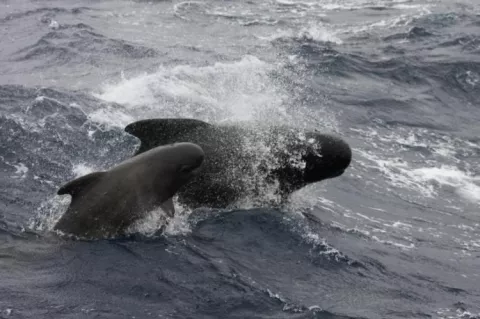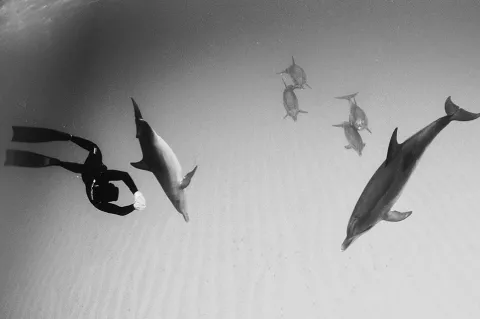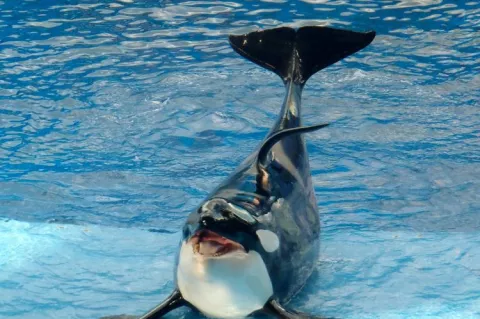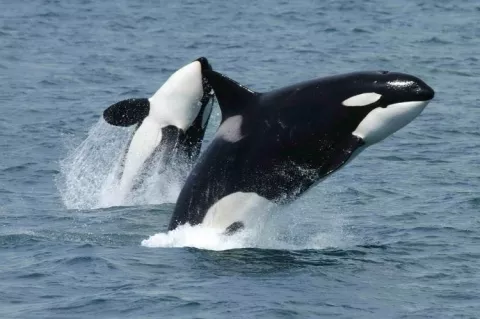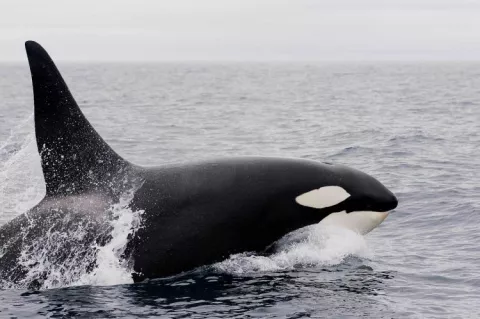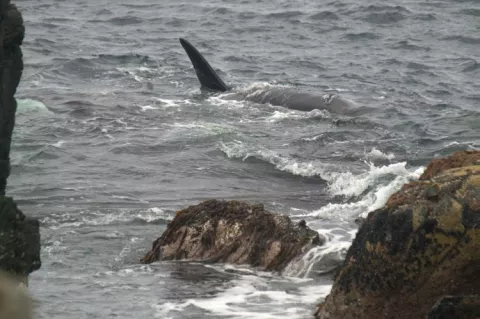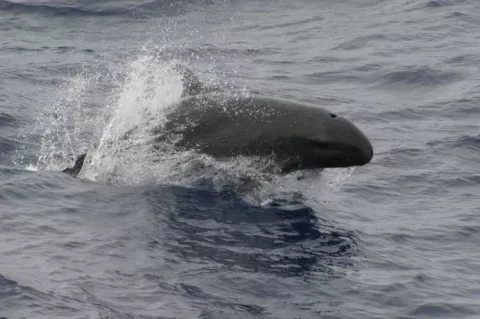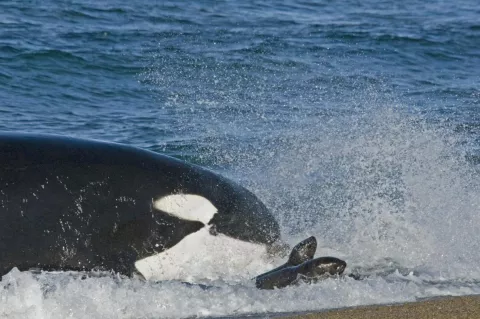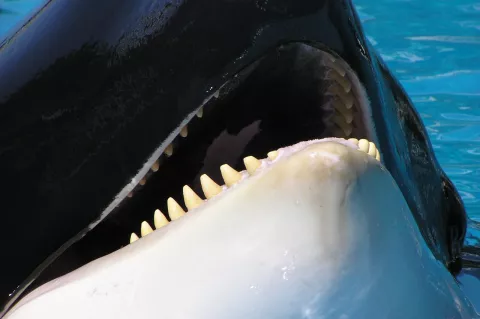Buoy in Celtic Sea tracks oceanic noise
Equipped with an autonomous hydrophone, the buoy's function is to conduct for the first time real-time acoustic monitoring of the water's cetaceans to assess how oceanic noise pollution affects them.
Deployed as part of the Smart Whale Sounds project, it will also track the distribution and behaviour of whale species in real-time and be used to train machine learning models to identify different species' calls.
The data collected will be used to create a marine wildlife detection and classification model in Irish waters, which can be applied to other regions worldwide.

